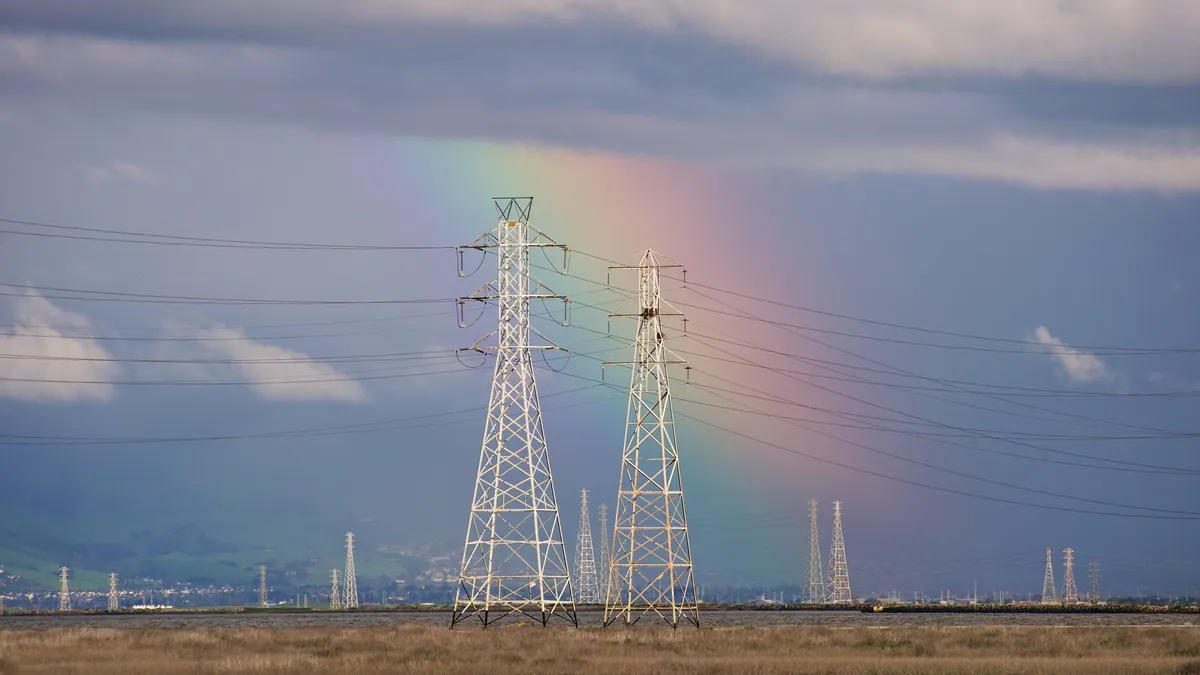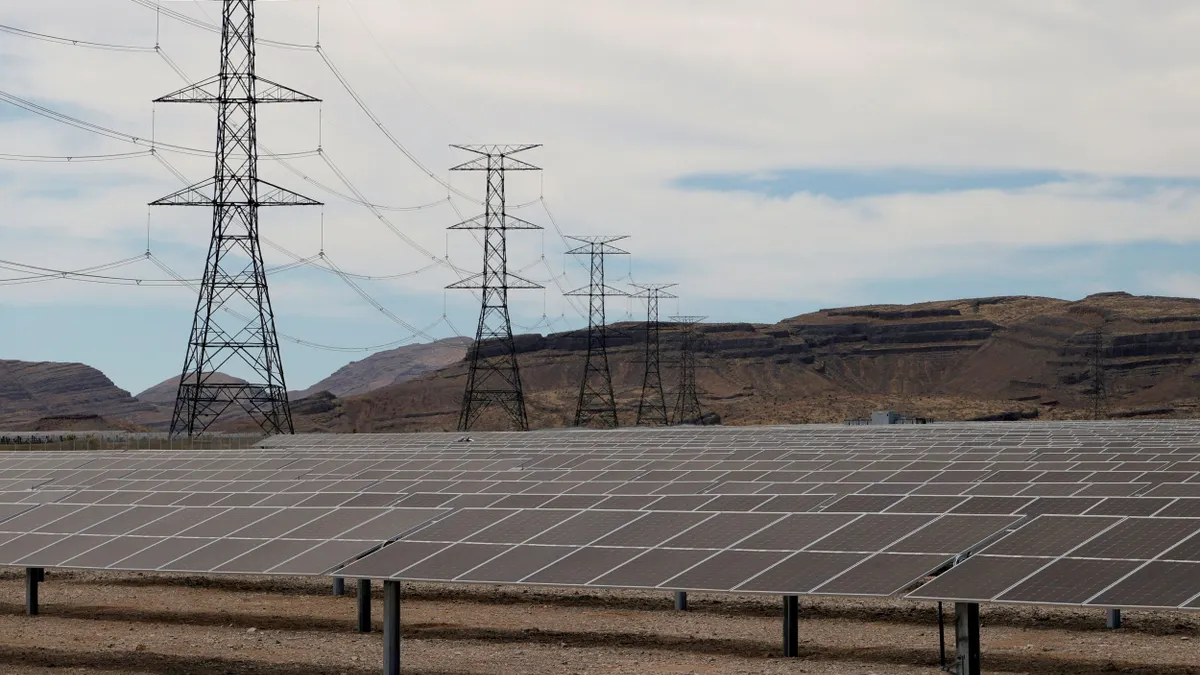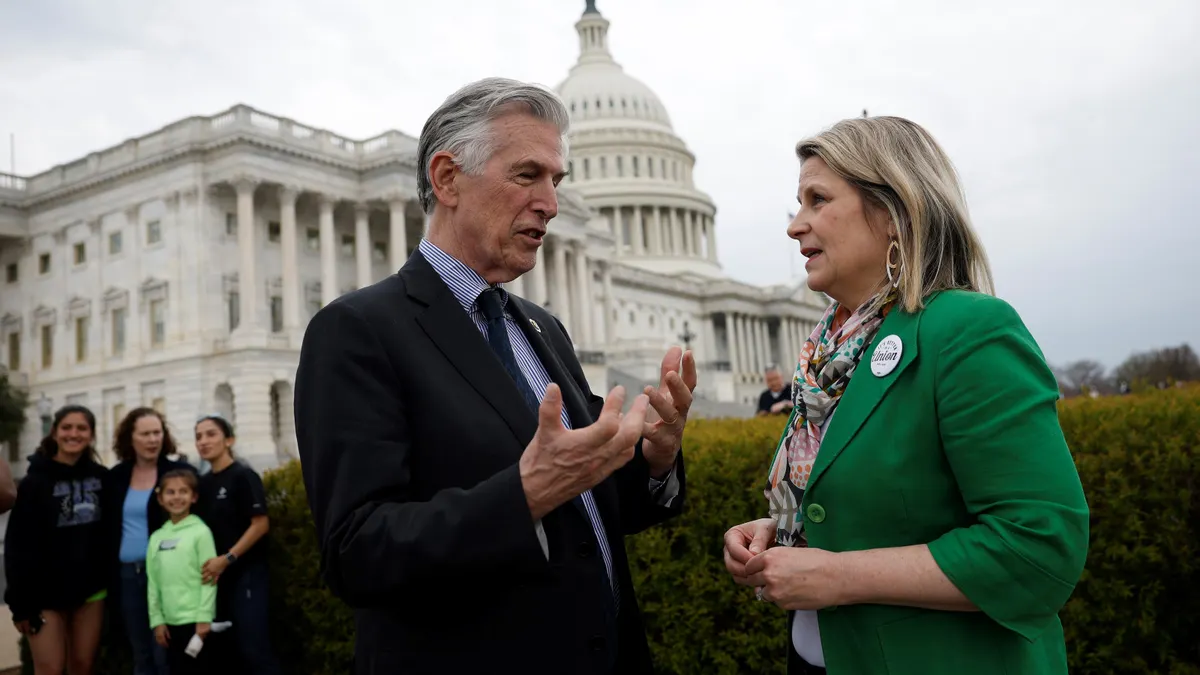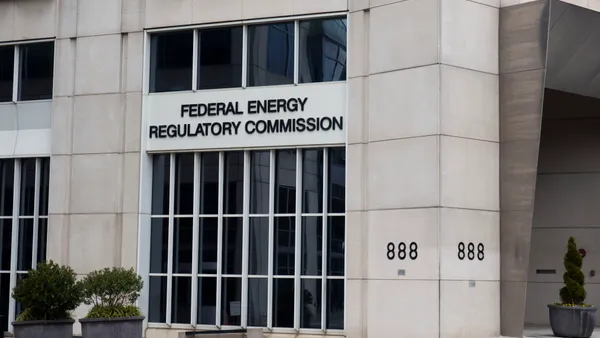Ray Gifford is the managing partner and Matt Larson is a partner at the Denver office of Wilkinson Barker Knauer LLP.
With the great hip-hop trio De La Soul getting the rights to its music back and (finally) appearing on music streaming services, the title of their second album, De La Soul is Dead, can be borrowed for the latest energy policy insight: RTOs/ISOs are Dead. And you can borrow the title of their first hit, The Magic Number, to marshal the evidence: In this case, the magic number is three recent occurrences that illustrate that the RTO/ISO regulatory model is spent. The interesting and challenging question is what comes next, and whether reform will come in a chaotic collapse or a considered glide path to a different regulatory paradigm.
The evidence in three parts.
First, the recent decision by FERC to uphold PJM’s “do-over” of the Delmarva South capacity auction. Like the Kobayashi Maru simulation from Star Trek, when confronted with a capacity auction result it found uncongenial, PJM declared the ability to reprogram the auction to yield prices it liked better. This not only set the Electric Power Supply Association into paroxysms of denunciation, it gave Commissioner James Danly a platform to pen an acid dissent that makes for a great read:
Rerunning an auction is apparently too destabilizing to consider. Yet here the majority does something arguably worse: rather than rerun the auction, they simply reset the price…. In such circumstances — where no auction outcome can be trusted — it would be better if we scrapped the markets altogether and returned to traditional cost-of-service ratemaking.
A market only works when the participants can believe in the integrity of the price system. FERC has now asserted the ability to retroactively adjust the price to “fix” the market outcomes according to its lights. PJM and FERC have engaged in “we had to destroy the market in order to save it” reasoning. Best enough to admit what Commissioner Danly’s dissent exposes: a market where prices can be retroactively reset is no market at all. What is worse, it is a deeply flawed way to pursue a regulatory diktat when the price the auction yields must match the undisclosed number in the mind’s eye of the RTO/ISO and FERC.
Second, new Nevada Gov. Joe Lombardo, R, is issuing an executive order directing electric providers to develop in-state generation to avoid the need to rely on the broader power market, noting the economic development, cost, and workforce benefits of doing so. The theme of “energy independence” may get written off as a classic GOP talking point; to do so is a mistake, as the directives stem from a concern about broken markets more broadly and the cost of relying on them.
Third, bills have percolated in both New Hampshire and Connecticut this session to look at a future beyond the RTO/ISO. Regardless of outcome, the symptom is clear: state leaders have discomfort with entrusting their energy future to the RTO/ISO model. From the days of Hughes v. Talen Energy, to the emergence of back-door nuclear energy subsidies through state zero emission credit mandates, to state-mandated specific resource procurements such as California, Massachusetts and New Jersey have required, state political imperatives have bristled — and often broken through — the Procrustean logic of the RTO/ISO.
These three examples may not convince the true believers or bitter-enders, but the prudential and political case for RTOs/ISOs is in shambles. The RTO/ISO model may have served its purpose 20 years ago to bring marginal cost pricing discipline to power generation. But when the current energy policy goals are reducing emissions, maintaining resource adequacy, keeping rates affordable, and bolstering the transmission grid, the institutional insufficiency of the RTO/ISO regulatory model is manifest.
To ask the question “what comes next?” is the first step toward recognizing the RTO/ISO regulatory model has run its course.
The next step involves clarifying what the objectives were for an RTO/ISO and what they might become going forward. That step, we believe, leads to a dis-integration of the RTO/ISO along functional lines. The historic identity crisis of RTOs/ISOs having to serve multiple ends at the same time under a single institutional roof needs to come apart. Policymakers have asked RTOs/ISOs to do many things: make markets, police market power, assure resource adequacy, and engage in regional transmission planning, among others, all the while balancing stakeholder interests that are many times incompatible.
What if these various roles could be separated and funneled into separate institutional forms? For instance, the market-making function with its rules and clearing functions could be run as a standalone function facilitated in a cost-effective manner through an energy imbalance market or day-ahead market structure; resource adequacy could be superintended by a regional collaborative akin to the Western Resource Adequacy Program that emerged organically and voluntarily as a means to surface resource adequacy concerns across a given region; transmission planning and building could meanwhile be shuttled into a stand-alone, for-profit Transco (multi-party investment vehicles) that would have the mandate to plan and build profitable transmission projects and resolve cost allocation issues for the benefit of its shareholders.
This disaggregated set of institutions would have its own set of problems, to be sure. Given the amount of capital needed to build and sustain the grid and the unique imperatives of physics that supply and demand be balanced at, literally, light speed, regulation and the political economy it engenders will never go away. Commissioner Danly says in his dissent what many others are thinking or working to address: “the FERC-jurisdictional power markets are sick and dying ….” A more functionally focused set of institutions can come next and do things better than what we have now.






















